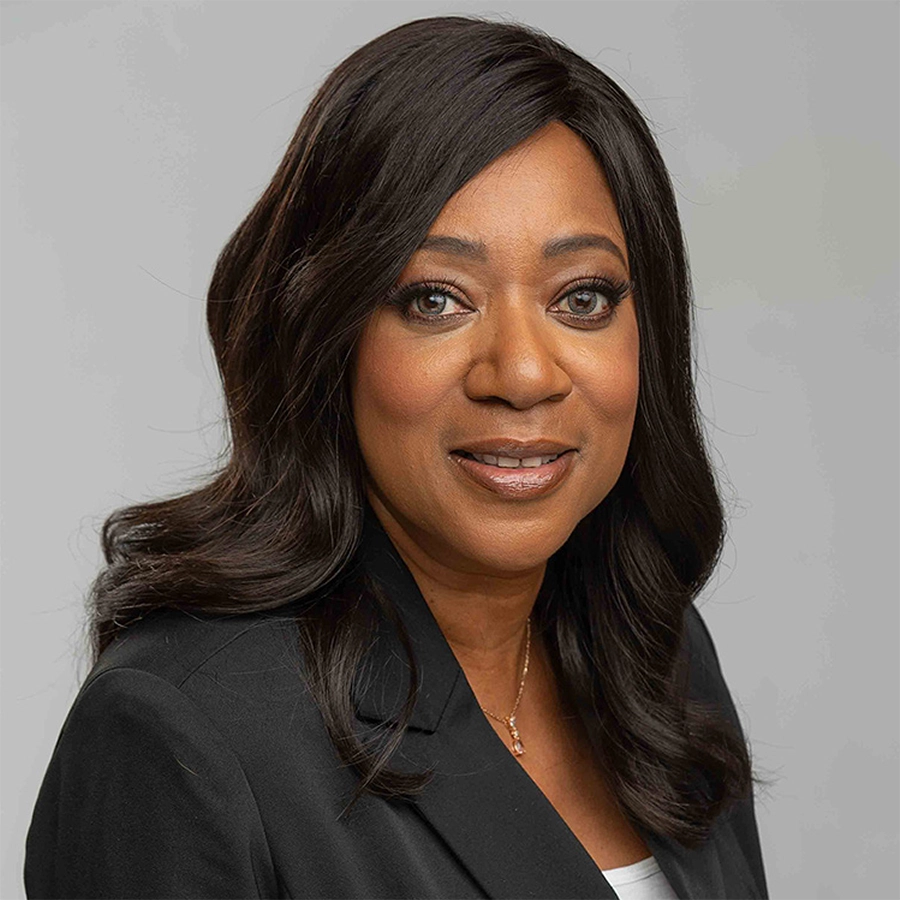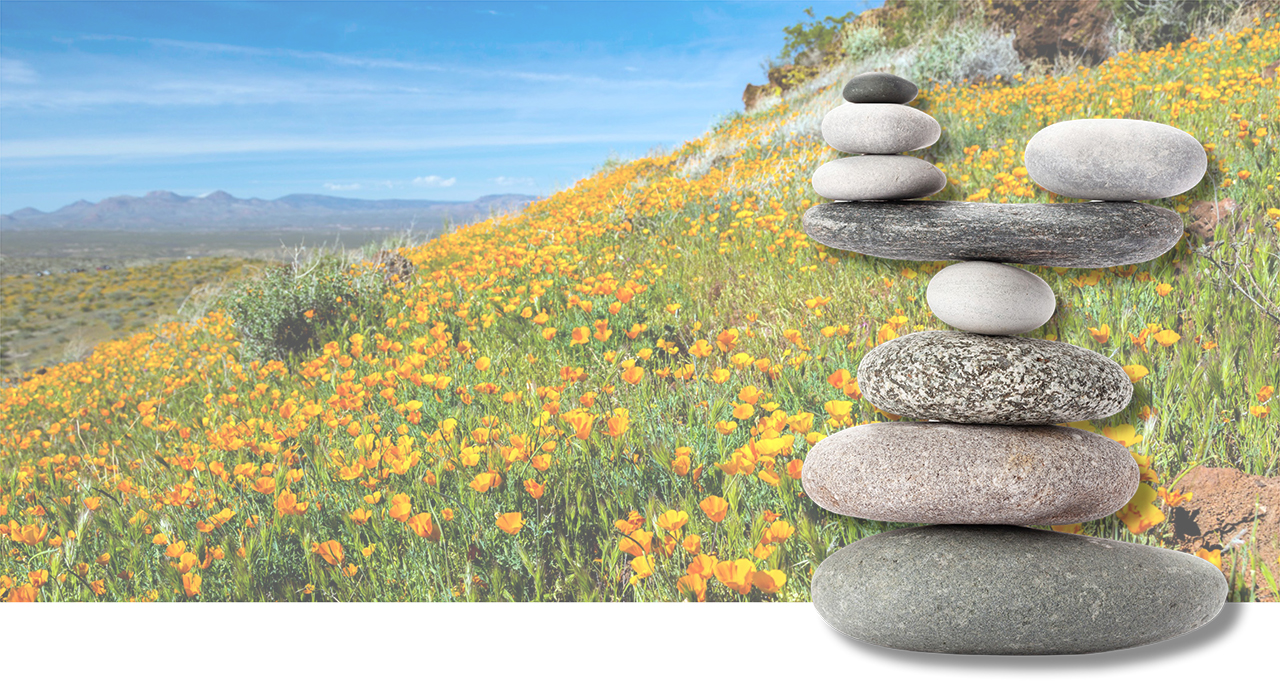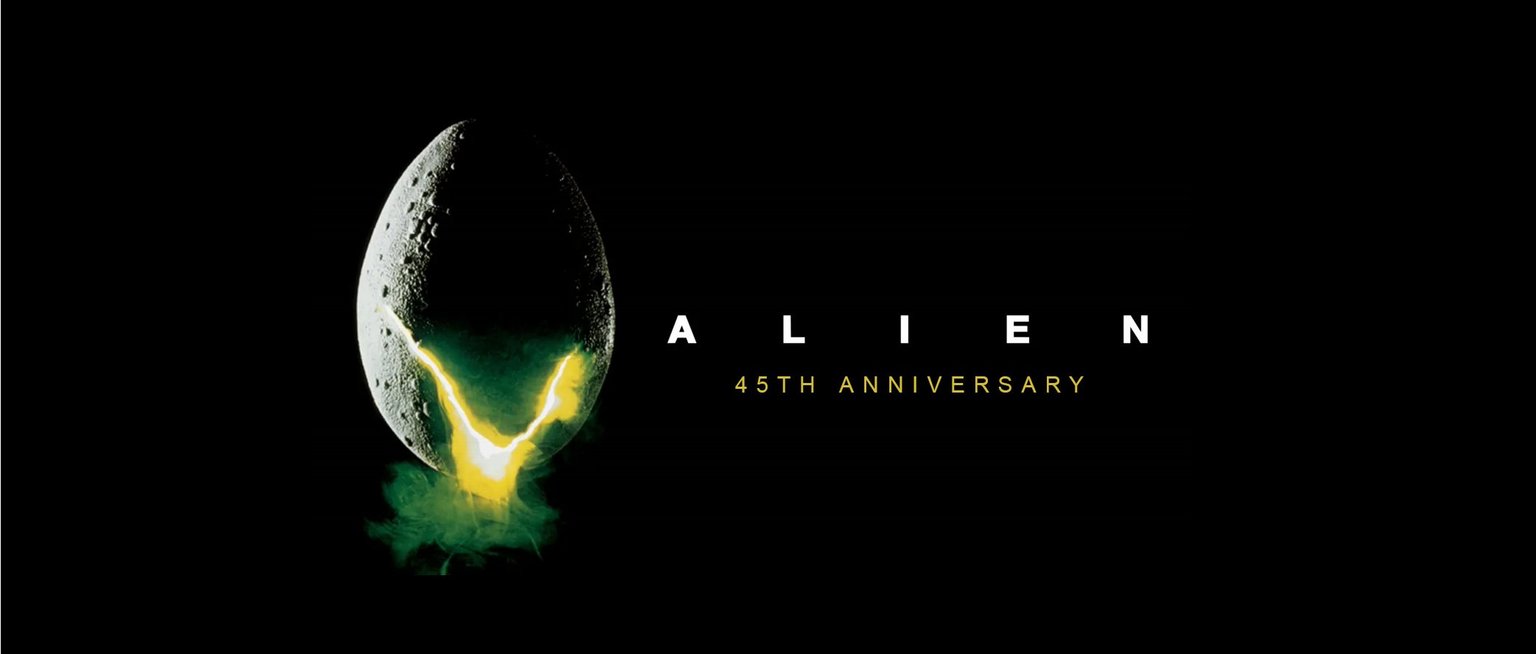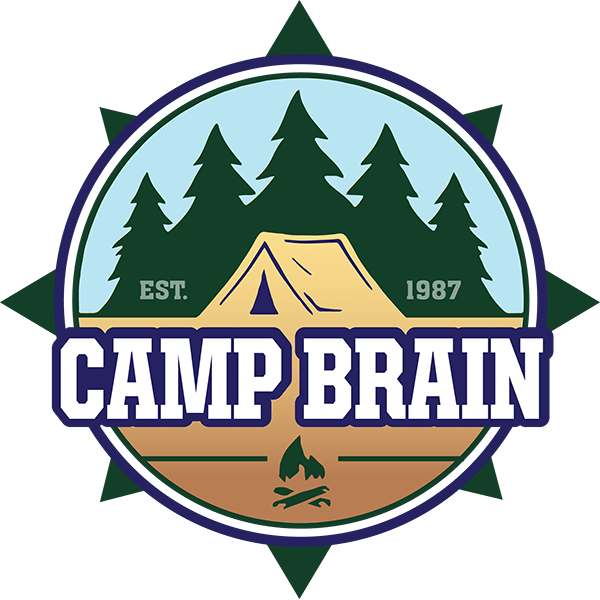A Day in the Life of the Brain Injury Alliance’s Interpersonal Violence Liaison
Janice Podzimek is a Certified Brain Injury Specialist and the Interpersonal Violence Liaison for the Brain Injury Alliance of Arizona. As part of Domestic Violence Awareness Month, Janice gives a glimpse into a typical day working with survivors of domestic violence and brain injury. Spoiler alert: There is no such thing as a typical day.
A Day in the Life of the Brain Injury Alliance’s Interpersonal Violence Liaison
Janice Podzimek is a Certified Brain Injury Specialist and the Interpersonal Violence Liaison for the Brain Injury Alliance of Arizona. As part of Domestic Violence Awareness Month, Janice gives a glimpse into a typical day working with survivors of domestic violence and brain injury. Spoiler alert: There is no such thing as a typical day.
7:00 am Up and dressed; coffee is ready, time to log on. There is already a myriad of emails from colleagues, domestic violence (DV) organizations, and providers. My position was recently created as a response to the onslaught of violence related to the financial instability and challenges experienced by vulnerable Arizonans as a result of COVID-19. I am not exclusive to any single shelter; rather, I work with survivors throughout the state who are at various stages of processing their situation, trying to leave, or thriving afterward.
7:20 am One email stands out – I need to contact a provider on my client’s behalf. One thing I like about my job is that I help my clients flourish in the existing network of human service organizations and agencies. For a variety of reasons related to executive functioning issues, it can be hard for someone with a brain injury to navigate their way through programs and services that aren’t cognitive- impairment friendly. However, accommodating someone with a brain injury or other invisible disabilities should be similar to assisting someone with a physical disability, such as someone who uses a wheelchair.
7:45 am While reviewing my day’s to-do list, I receive a call from a DV/brain injury survivor who is having a tough time with their young son. Many people don’t know this, but when someone is experiencing family or interpersonal violence, many of the blows land on or near the head and can cause a brain injury. Because of this survivor’s subsequent speech impairment, which is quite common after brain injury, our conversation lasts almost a full hour. It’s important they have time to complete their thoughts and points they are trying to make. Listening is a must for those I work with. During these calls, I validate their experience and provide them with crucial brain injury information and resources.
9:05 am While documenting the information and resources I provided during my conversation with the client, another call from a professional I had previously reached out to comes through our inter-agency phone system. The voice message informs me they are looking for legal assistance for one of my DV/brain injury survivors. I can be on a call with a client for as little as two minutes or as much as two hours, and everything in between.
9:06 am While listening to the voice message, my work cell rings. It’s another DV/brain injury survivor informing me they are having the worst day ever. After I ask for details, they explain how frustrating and overwhelming it was to simply schedule a doctor’s appointment. They were met with impatience from the receptionist, who wouldn’t take time to listen or allow this survivor to complete sentences. Because of this interaction, this survivor got flustered, which made their speech impairment worse, causing the person on the other end to become curt and snippy. The survivor was hurt and mad at the same time and couldn’t remember the name of the referring neurologist they needed an appointment with. They were told to call back with all the required information, and the call was ended. After acknowledging the frustration this event has caused, I provide moral support by offering to assist with calls to professionals. This survivor states they are thankful and chooses to try on their own first.
10:35 am I document the encounter and create a follow-up with tasks to research resources and information that may be helpful to this survivor in the future. I then need to take time to prepare for a training session for Arizona Probation Officers; our team helps them understand the severity and effects of the brain injuries they may come across in their line of work. I also prepare to meet with a board member and the CEO of the Brain Injury Alliance tomorrow. They have asked me to present existing gaps I have identified for my clients so we can strategize around future funding and grant asks. I am committed to building this program.
11:00 am I call another DV/brain injury survivor to check in. They inform me their ex has had the kids, refuses to let the children speak with them, and may be evicted from their current safe location. It’s also difficult for them to maintain a job due to pain and exhaustion resultant from the abuse that caused their brain injury.
11:30 am Lunch. Which really means going through emails and voicemail messages that have accumulated throughout the morning.
Noon It’s time to head into Phoenix to meet with congressional staffers from the Congressional Brain Injury Task Force. We are planning virtual education for the staff of all U.S. senators and U.S. House members regarding COVID and the cognitive impairment that can result. The clients I serve have been made even more vulnerable by COVID, making my work more critical than ever. Because I am a Certified Brain Injury Specialist, they are eager to hear my thoughts.
2:35 pm Back to the phones. I check through my virtual Rolodex to identify the appropriate resources for my pre-lunch call. One of my referrals to this client will be She Shed, the virtual support group for female survivors of brain injury that I co-facilitate.
2:50 pm After two general information calls, I speak with another DV/brain injury survivor who wants to talk to somebody who understands their general frustration and anxiety about COVID. We discuss how to identify things that are within their power to control and those that are not. No magic bullet, but my client does feel a little more comforted afterwards.
3:30 pm Weekly staff meetings are an important time set aside for team members to exchange wins, frustrations, new resources, upcoming events, and long-term strategies. It’s also just great to interact with my colleagues who understand my passions and perspectives. Today, my first call of the morning is on my mind. I bring up the frustration that was expressed concerning post-brain injury parenting struggles. One of our resource facilitators mentions a free program for younger kids that recently opened and is getting rave reviews.
5:00 pm I investigate the new kids program for online and make an appointment to speak with their coordinator for tomorrow.
5:10 pm Checking my e-mail, I get an update from a legal source about changes in the judicial system that could give DV/brain injury survivors more access to financial resources. This is wonderful news!
6:15 pm I finish emails and calls and dig in with my list for tomorrow. Lots of follow-ups as well as a community meeting in the morning. These face-to-face gatherings are important because in these challenging days, it can be difficult to locate appropriate resources, as they may not be available in our region. There also may be professionals who understand DV but have no training working effectively with people with brain injuries, which may complicate interactions due to potential cognitive and communication impairments.
7:00 pm Time to call it a day. I need my rest to be at my best for all tomorrow will bring.
ABOUT BRAIN INJURY ALLIANCE OF ARIZONA
The Brain Injury Alliance of Arizona (BIAAZ) is the only statewide nonprofit organization dedicated to improving the lives of adults and children with all types of brain injuries through prevention, advocacy, awareness and education. BIAAZ also houses the Arizona Brain Health Resource Center, a collection of educational information and neuro-specific resources for brain injury survivors, caregivers, family members and professionals.
What began in 1983 as a grassroots effort has grown into a strong statewide presence, providing valuable life-long resources and community support for individuals with all types of brain trauma at no charge.
The Brain Injury Alliance of Arizona:
- Works with Congressional Brain Injury Task Force
- Houses Arizona Brain Health Resource Center
- Hosts Statewide Opioid Use Disorder & Cognitive Impairment Workgroup
- Has Statewide Opioid Use Disorder & Cognitive Impairment Response team with peer support, training, and family wraparound services
- Facilitates Brain Health Advisory Council
- Manages statewide Neuro Info-Line: 888-500-9165







